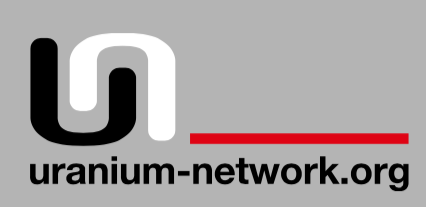 Mining has a tradition over many centuries in Saxony and Thuringia.
Mining has a tradition over many centuries in Saxony and Thuringia.
 In the southern region of the Ore Mountains (Erzgebirge) mining yielded copper, nickel and tin, silver, cobalt and bismuth. After World War II, also the production and processing of uranium took place on a mayor scale.
In the southern region of the Ore Mountains (Erzgebirge) mining yielded copper, nickel and tin, silver, cobalt and bismuth. After World War II, also the production and processing of uranium took place on a mayor scale.
This occurred in the beginning on orders of the soviet military administration who needed the uranium for its A bomb program.
From the start on, the whole operation was kept top secret.
The official operating company behind the mining activities was the Soviet incorporation with the code name “Wismut” (the German name for the chemical element bismuth) and later on the “Soviet-German-incorporation” (SDAG) Wismut.  After the unification of Germany the active uranium mining ended on 31 December 1990. During the whole period of production, about 231,000 tons of uranium ore were extracted, hence, up to 1990, the German Democratic Republic (GDR) was the third largest producer of uranium ore worldwide. In the period from 1946 to 1989, about half a million people were employed in saxonian-thuringian uranium mining.
After the unification of Germany the active uranium mining ended on 31 December 1990. During the whole period of production, about 231,000 tons of uranium ore were extracted, hence, up to 1990, the German Democratic Republic (GDR) was the third largest producer of uranium ore worldwide. In the period from 1946 to 1989, about half a million people were employed in saxonian-thuringian uranium mining.
read more (LINK)… :
Cohort study – description and results
and in German/ auf Deutsch (Link):
Kohortenstudie: Beschreibung und Ergebnisse
Quelle: The Federal Office for Radiation Protection
Bundesamt für Strahlenschutz
